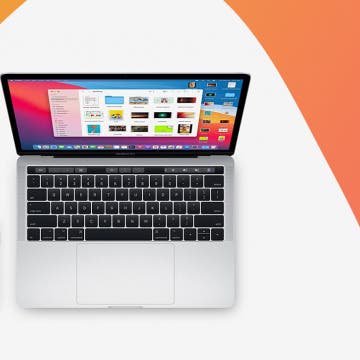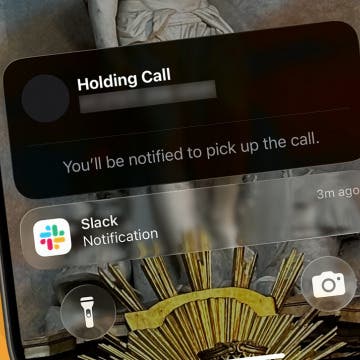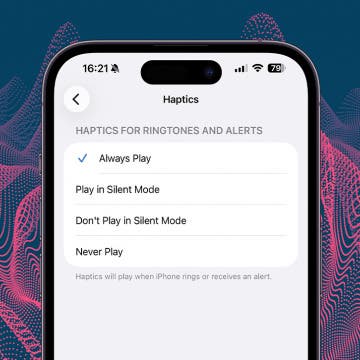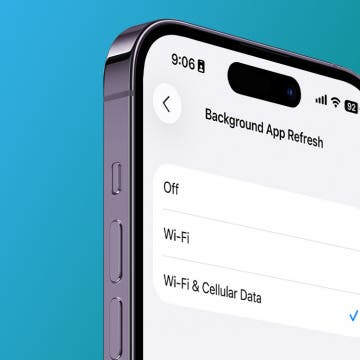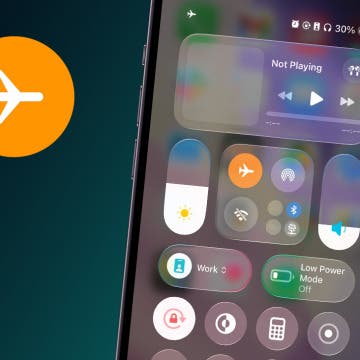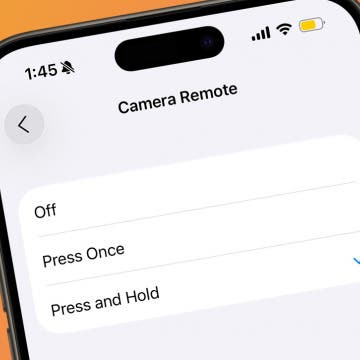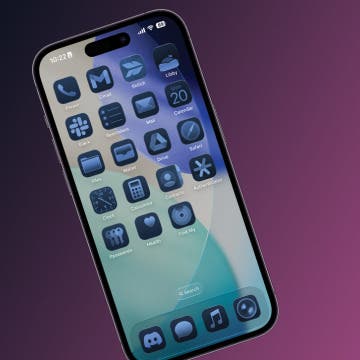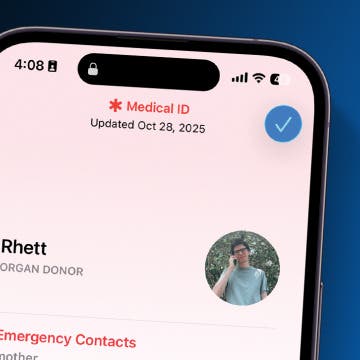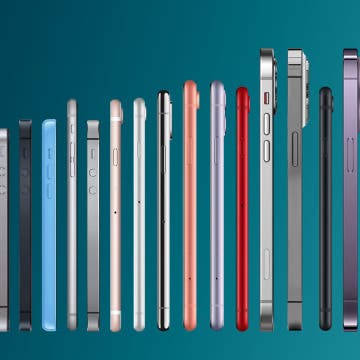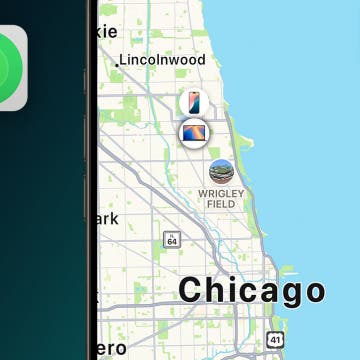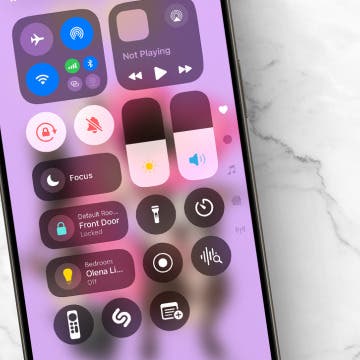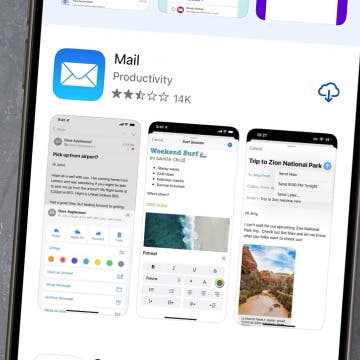Let's continue my MWC report series (previous (first) part HERE) with the stuff that makes a camera & smartphone freak like me salivate: some serious (and I do mean serious!) camera tests. Note that, as there were no really-really groundbreaking iOS announcements at MWC (as opposed to the announcements and new models of almost all other major manufacturers), I'll only cover iOS later. My exclusive stuff, measurements and new tablets, smartphones first, even if they aren't made by Apple.
Let's start with the Nokia PureView 808 (what else – after all, it's probably THE most important consumer announcement of the entire show, the Samsung Note 10.1 being probably the second). A lot of people at the DPReview (and other sites) forums, where I'm also a regular, asked whether the sharpness of the lens is any good. Well, I've made some controlled tests. The answer is: the lens is really, REALLY sharp; I'd state it is able to make use of every single pixel of the CMOS.
First, take a look at the following screenshot (make sure you DO click on the image to access the original! I've only placed a thumbnail here so that anyone can see at once there's an image here). 808 on the left, the Nikon P300, which is a recommended budget P&S enthusiast camera by DPReview, on the right. The latter used the base (160) ISO, F2.8 and 1/100 sec (that is, there was almost ideal and very strong lighting on Nokia's booth) for the photo; that is, at the base ISO, noise reduction didn't “kick in” to eliminate all the fine details.
Pay special attention to the printing on the blue box. It's perfectly readable on the 808's shot, while absolutely unreadable on the P300's. This means the P300's 12 Mpixel was simply far too low to render the fine print on the box; while the more than 3 times larger Mpixel 808 didn't have problems with it.
As you can see, the, otherwise, image quality- and sharpness-wise, pretty good P300 has vastly inferior resolution. There is simply no contest, not even at the base ISO of the P300, where it otherwise delivers great results. In addition, the 808's image is almost entirely free of noise reduction artefacts. Not so with the P300 - which, again, isn't a bad camera by any means. (Read the DPReview review if you don't believe it.)
Note that I've made the shots with approximately the same field-of-view on the two cameras; that is, the entire image contained almost exactly the same (a bit more on the 808). Fortunately, I've quickly found the setup using my head camera (now, my invention of screwing a wide-angle, quality HD camera to a baseball cap to free up my hands has indeed paid off as I needed both of my hands to keep the p300 and the 808):
The original, uncropped images:
808:
Sorry for not providing the original shot taken by the 808 - we weren't allowed to transfer filesto external devices (for example, to my iPad, using the excellent OBEX app AirBlue Sharing – my dedicated article is HERE). Therefore, I needed to rely on simple screenshots. Nevertheless, they speak for themselves when it comes to resolution.
P300:

What about the corner sharpness?
Everybody that is into cameras knows camera lens not necessarily deliver the same sharpness in the (extreme) corners as in the center. Therefore, I made some serious tests to find out how the 808's camera behaves in this respect.
First and foremost, as you could expect (show me a small & light & cheap & bright lens that doesn't behave this way, especially not wide open - at at least f2.4!) the lens sharpness is a little bit lower in the corners. However, I'd say it's only a resolution drop of about 40-50%, with the effective resolution still remaining above appr. 20 Mpixels - the text remained readable at least one corner.
I've tested two cameras; they behaved differently. On the first, the left-side corners behaved a little better than the right-side ones. Of the latter, the top corner was probably the worst (but still MUCH better than the 12 Mpixel P300 in the corner), the bottom better. On the second 808 (see shots below), the behavior was exactly the opposite: the left corners were undeniably better than the right ones.
The results are as follows:
top left:
top right:
All in all,
Even in its current state, resolution-wise, the Nokia camera is way better than anything other P&S, let alone phone camera in the market. WAY better. Its camera is simply wonderful.
(Note that this doesn't necessarily apply to dynamic range - the Achilles' heel of most current non-Sony sensors. I couldn't reliably test it.)
To be continued with the HTC One, LG Optimus4 HD, Fujitsu Arrows and Sony Xperia S stills / video resolution results. I asked for permission for not only Bluetooth transfers, but also resolution chart shooting with every of them. They ALL granted me permission, which means I could also shoot resolution charts!
UPDATE (later): Part III, with the promised phone test charts, published. It's HERE.
UPDATE 2. (02/29): Part IV, with TONS of new info on the PureView 808 (an absolute must article!) is HERE.



